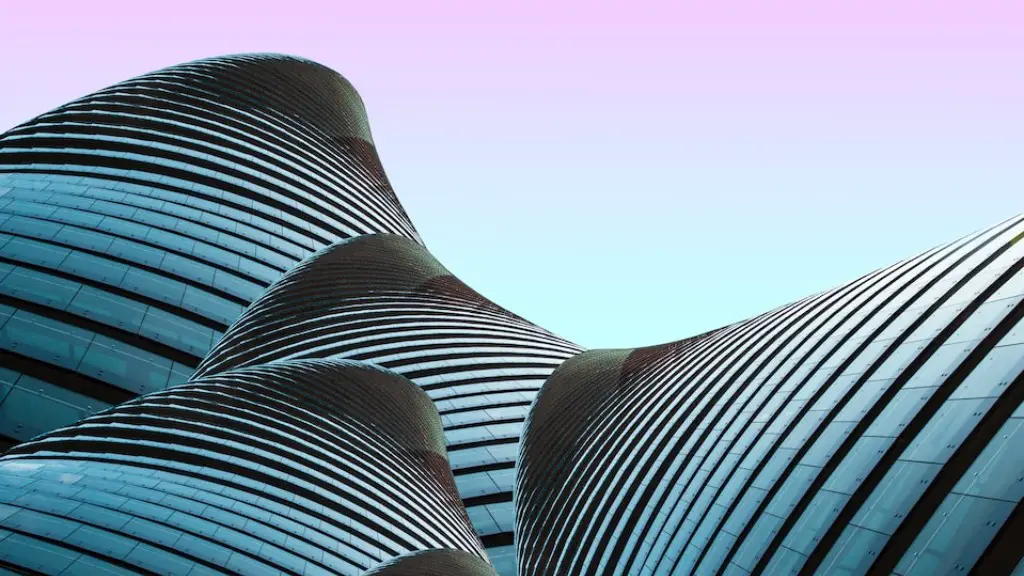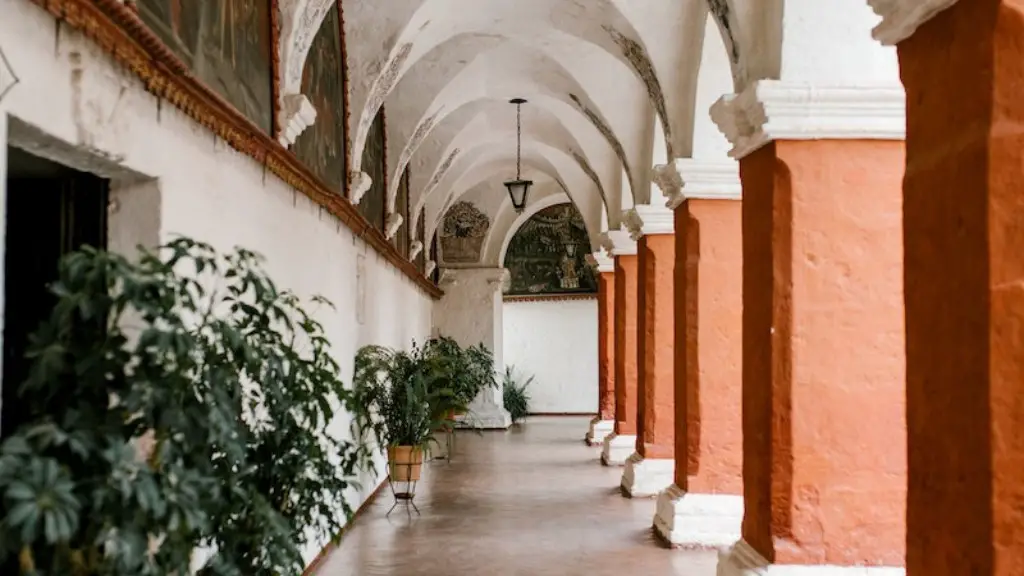What is Urban Planning?
Urban planning is the process of designing and shaping the physical, social, and economic development of cities, towns, and villages. It involves the coordination of land use, infrastructure, transportation, public health and safety, economic development, and the protection of the environment. Urban planning is used to create an inclusive and safe city or village, while promoting economic activity and boosting local employment.
Urban planning is closely related to architecture, which is the art and science of designing, drafting, and creating human-made structures. Architects work with urban planners to ensure that a city’s design is balanced, safe, and livable for its people. Buildings often serve a purpose well beyond their walls, impacting the surrounding landscape and people in both good and bad ways.
Architecture & Planning
Architects work closely with city planners when designing buildings for a city. They must consider the impact the building’s design will have on the environment and the neighborhood and must ensure it is compliant with the city’s laws, regulations, and standards. Architects are constantly innovating and pushing the boundaries of what is possible, while being mindful of the long-term sustainability of the building.
Urban planning and architecture go hand-in-hand to create a livable, balanced city. When designing a building, architects must consider the activity that will take place inside and who the inhabitants will be. Then they must work with city planners to design the public interior and exterior spaces that support the activity and inhabitants. They must also think about the building’s impact on the urban infrastructure, such as public transportation, energy consumption, water use, and waste management.
Urban Planning and the Environment
Urban planning is also closely connected to environmental preservation. Sustainable urban planning takes into consideration how a city impacts the environment and seeks to mitigate any potential negative effects through green building initiatives and environmentally-friendly strategies. Architects work closely with urban planners to design buildings that are energy-efficient and that minimize their environmental impact.
Urban planners also work to protect and preserve the ecology of a city. This can include preserving the local flora and fauna, protecting habitats for endangered species, and creating green spaces for the public to enjoy. This helps create a healthy and sustainable living environment for the city’s inhabitants, while protecting the local biodiversity.
Design Thinking & Well-Being
Urban planning and architecture work together to promote human well-being by creating livable and equitable cities. Design thinking to create new solutions to problems can help urban planners, architects, and local governments work together to address the needs and wants of city inhabitants, while taking into account the limits of the city budget.
Architects and planners must also take into account the impact the building’s design will have on the inhabitants. This can include the layout of the building, the choice of materials, accessibility for all inhabitants, and more. Designers must be aware of the environmental impacts of their designs, such as energy consumption and indoor air quality.
Opportunities & Challenges
Creating livable, equitable cities is no small task, and there are many opportunities and challenges for urban planners and architects. There is a need for innovative solutions to solve the unique issues that arise in cities. For example, cities are becoming more and more dense, so how can we design buildings and public spaces to accommodate more people and provide adequate green space?
At the same time, there is pressure to increase safety and reduce crime in cities. Urban planners and architects are often tasked with designing public spaces that are inviting and comfortable, while also being secure. Furthermore, urban planners and architects must take into consideration the impact their designs have on the environment and seek solutions that minimize the environmental footprint of the city.
What is a Smart City?
A smart city is one that utilizes technology and data to improve the quality of life for its citizens. Smart cities rely on the use of technology, data, and analytics to improve the efficiency and sustainability of urban systems, such as transportation and energy.
In a smart city, urban planners, architects, and city officials work together to find solutions that reduce congestion, conserve resources, and create safe and efficient public spaces. Smart cities also use data to understand the needs of their inhabitants and provide solutions that address those needs. For example, data can be used to understand the best way to design and utilize public transportation or to create energy-efficient buildings.
Technology & Quality of Life
Technology can be used to improve the quality of life in cities by creating customized solutions to meet the needs and wants of the inhabitants. For example, it can be used to create virtual reality tours of public spaces or to provide real-time data to city planners and architects. It can also be used to create intelligent transportation systems, such as connected autonomous vehicles, which can help reduce traffic congestion and improve the safety of streets and roads.
Technology can also be used to optimize energy use, such as by providing real-time data on energy consumption. This data can be used to identify areas of potential energy savings, such as in lighting systems or in building design. By understanding how a building is used, architects and planners can design more efficient buildings that reduce energy consumption and improve the sustainability of the city.
Conclusion
Urban planning and architecture are closely connected and play an essential role in creating livable, equitable cities that are safe, sustainable, and prosperous. Architects, urban planners, and city officials must work together to design and create buildings and public spaces that meet the needs of the inhabitants and that minimize their environmental footprint. Technology can be used to create new solutions and to optimize existing systems to improve the quality of life in cities.


